Sometimes, it really feels like nature wants to do a number on your home. This is especially true in the winter, when outdoor elements are at their extreme, from weather conditions like snow and frost to the general lower temperatures. Luckily, there are many construction and DIY solutions out there that help us protect our homes and households from even the toughest winter conditions.
Yet, there are some common winter problems that everyone seems to face. They are a common issue for homeowners all across the country. Luckily, there are all kinds of DIY methods and techniques out there to help you fend off whatever danger comes rushing your way during the winter. If you can keep this winter home maintenance checklist by your side, you can rest assured knowing that you will never have to face these problems over the winter again.
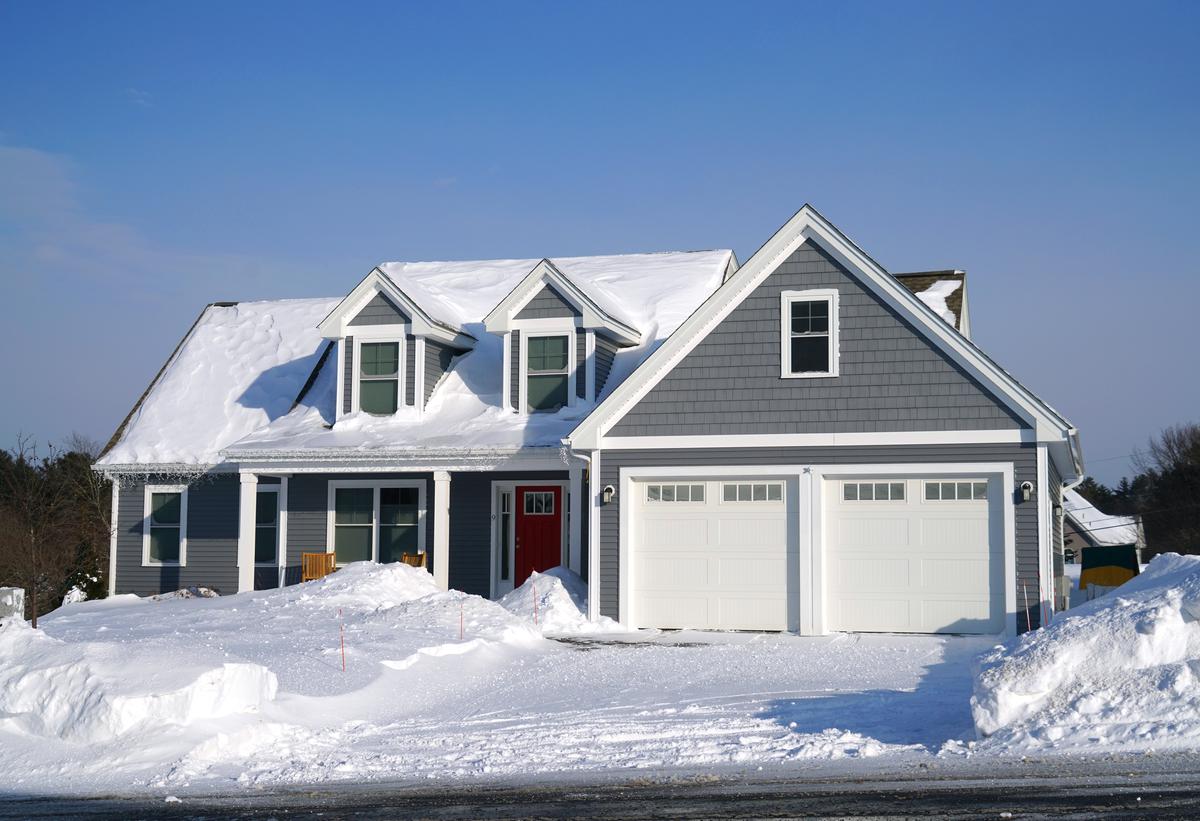
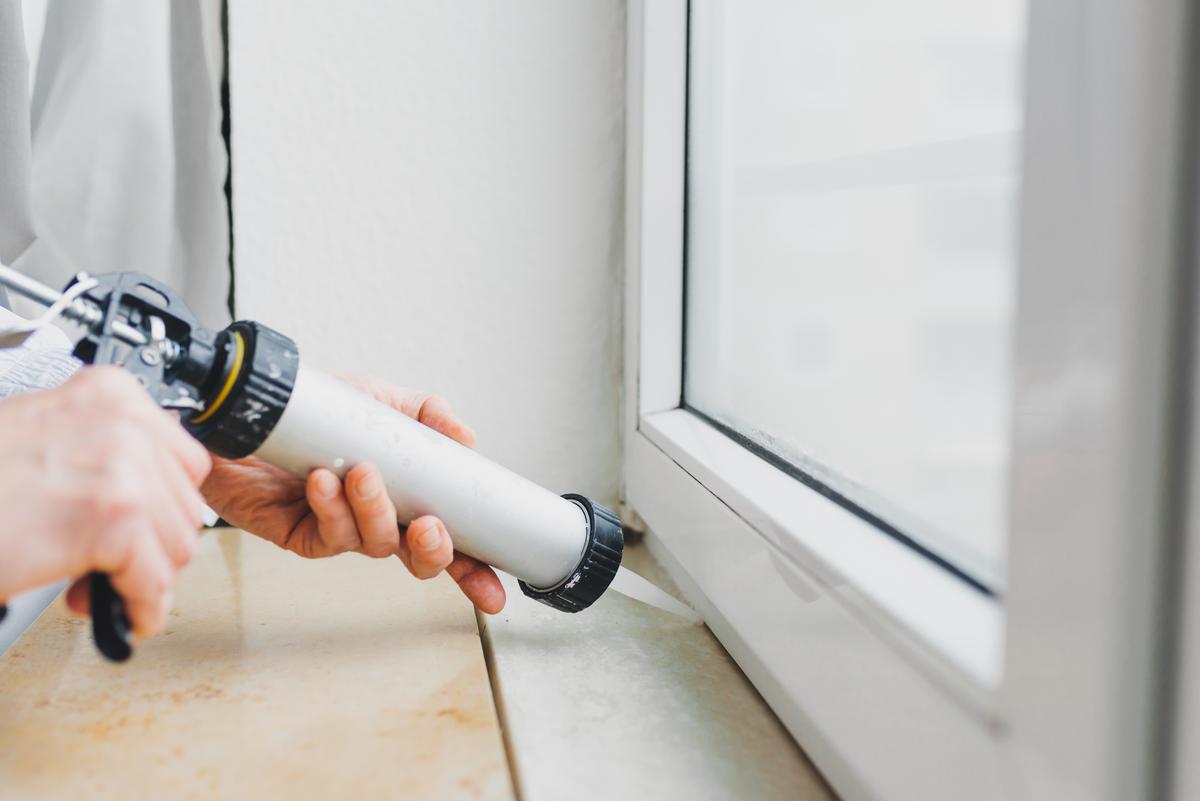
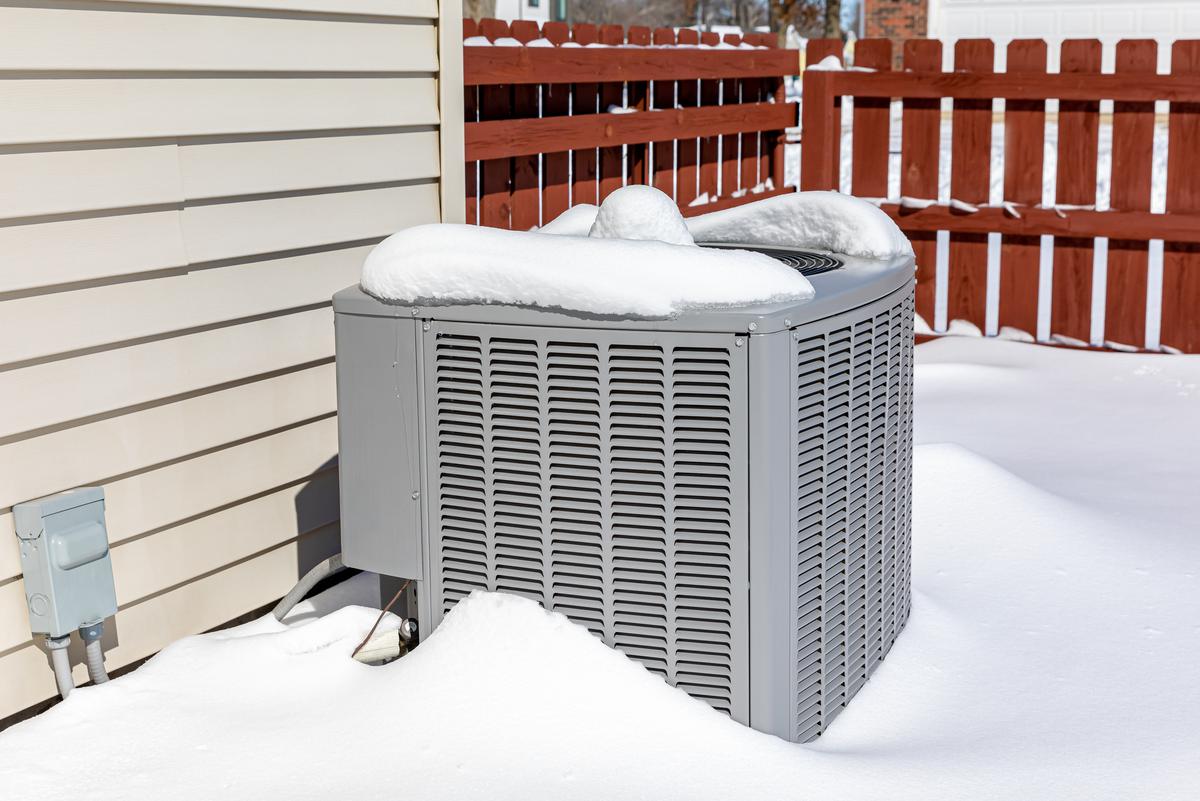
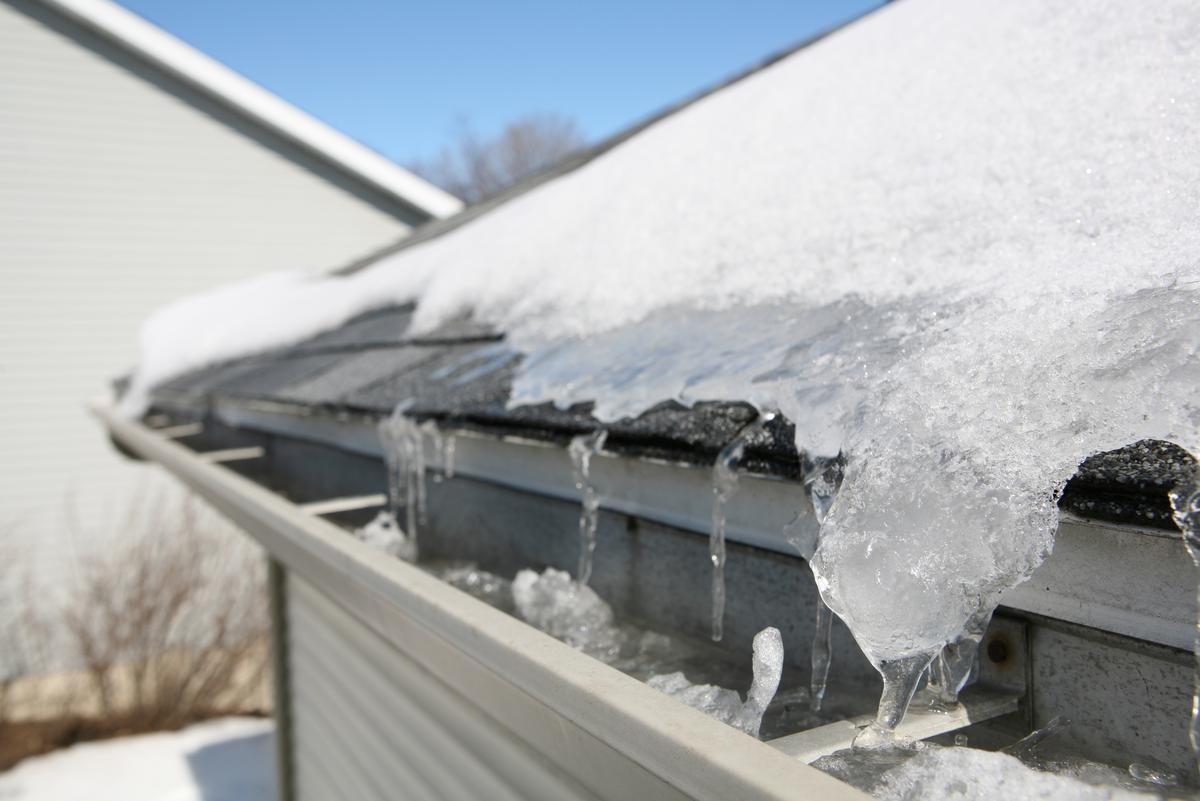
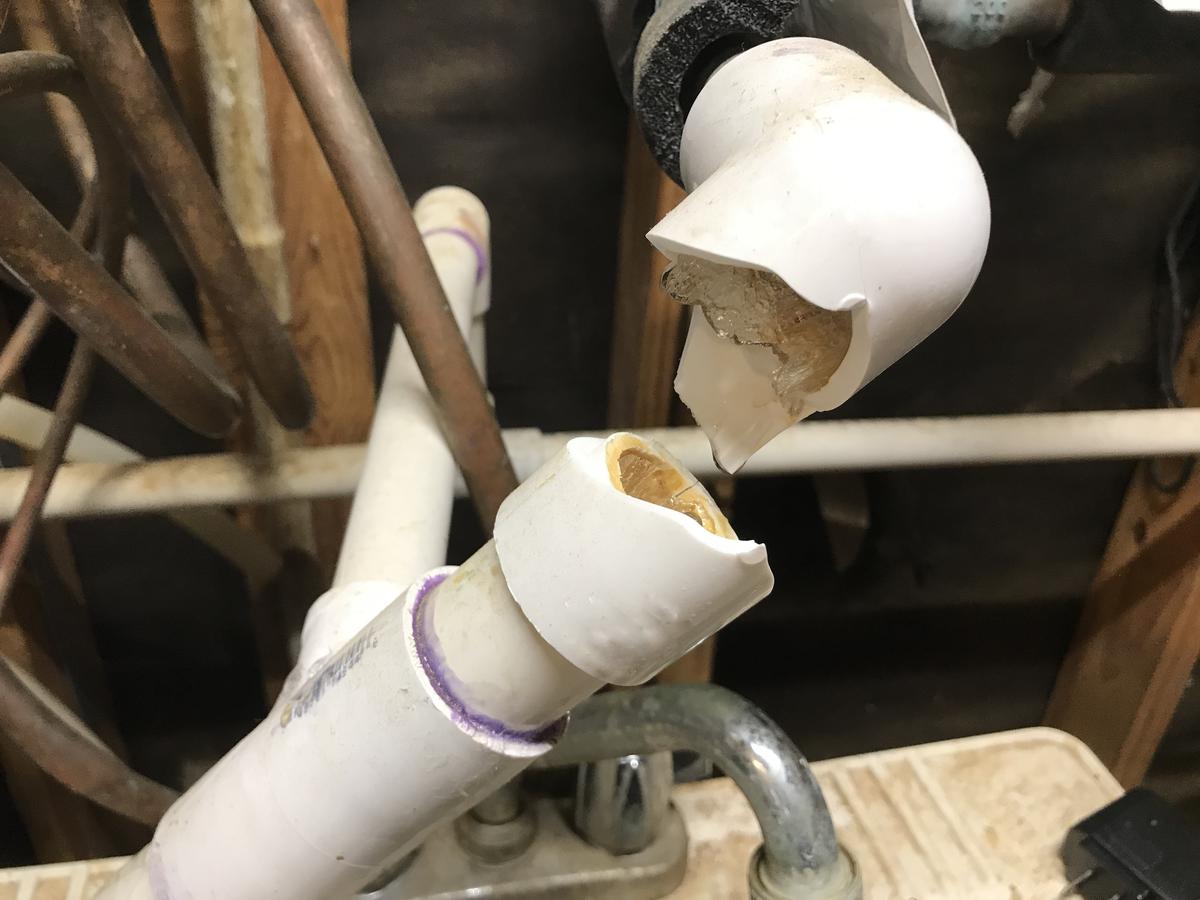

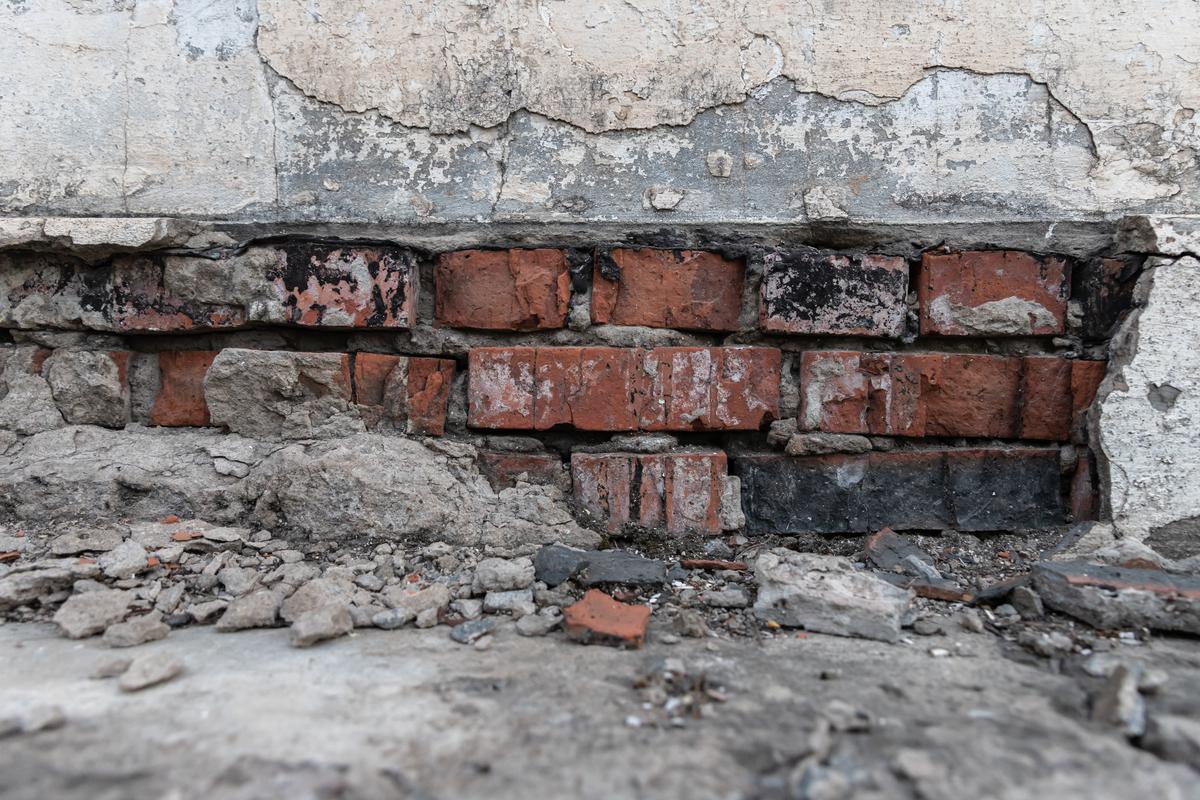
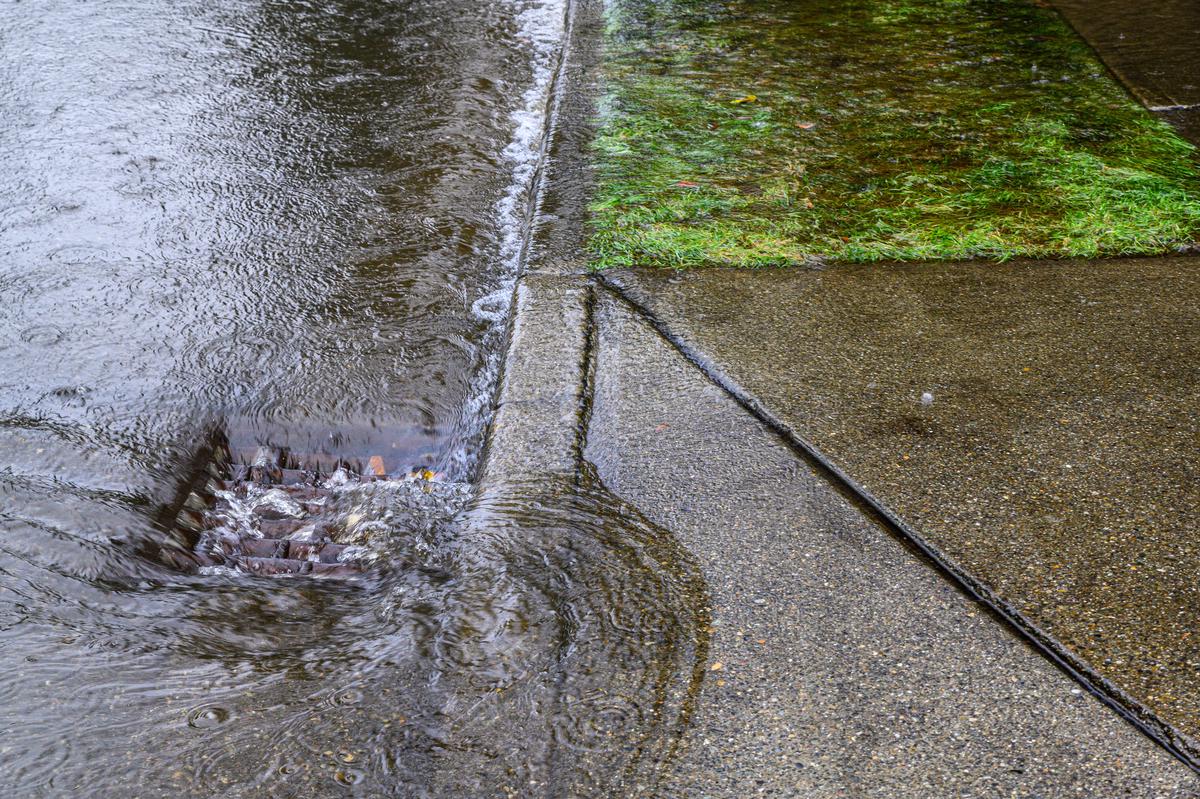
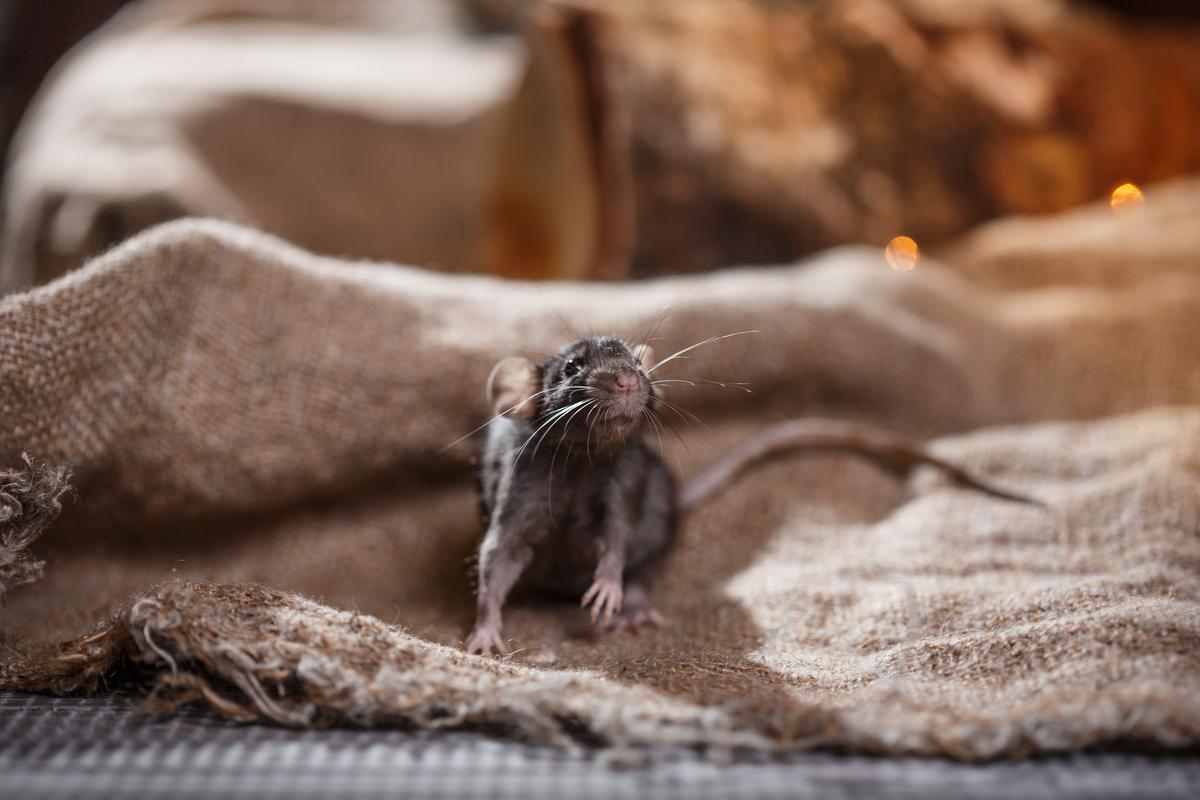
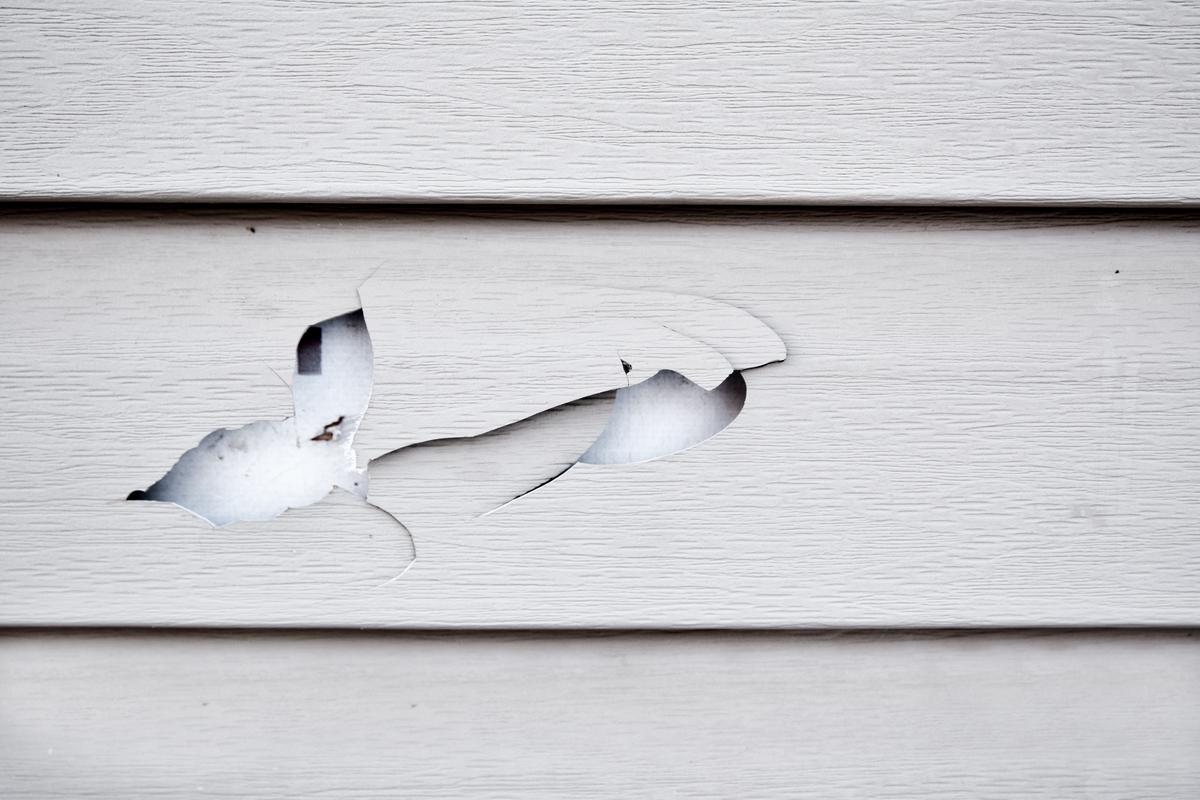
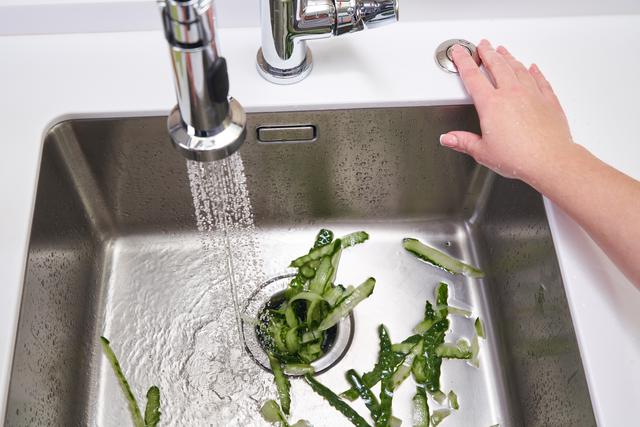

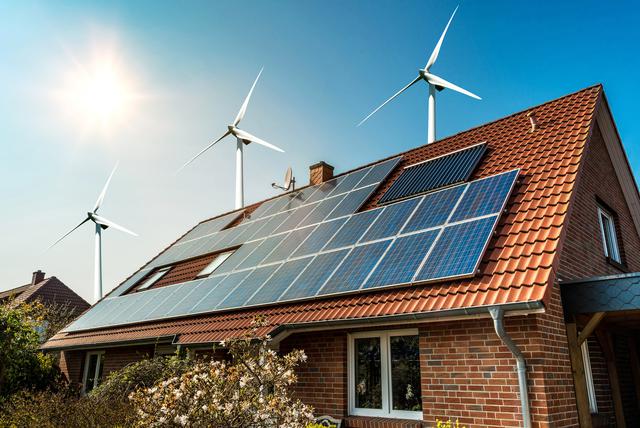
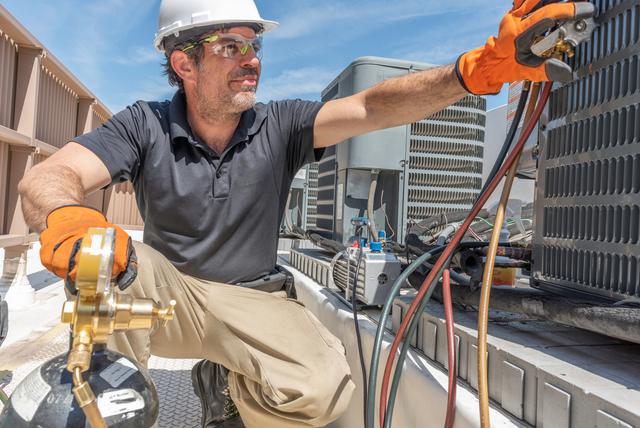
comments